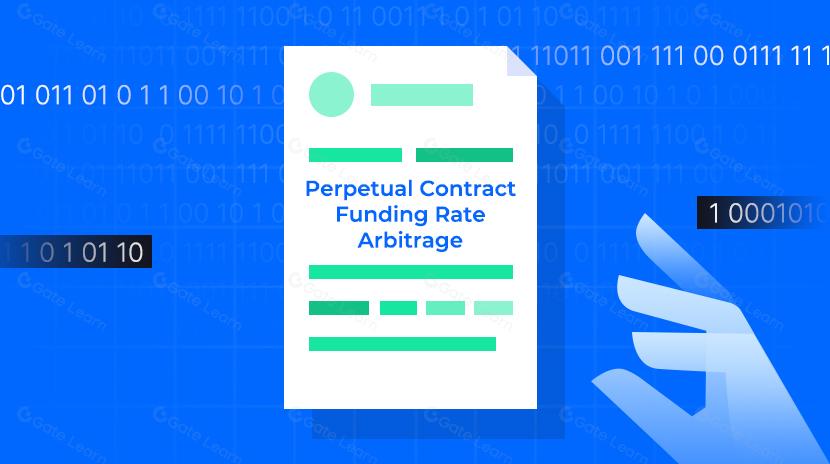bots def

Bots in the cryptocurrency realm refer to software programs that automatically execute specific trading strategies or functions without human intervention, operating around the clock. These programs are designed to monitor markets, analyze data, and execute trades based on preset conditions to improve efficiency, eliminate emotional decision-making, and capture fleeting opportunities in the market. Crypto trading bots have become an integral part of the digital asset market, ranging from simple arbitrage programs to complex high-frequency trading systems, covering various strategies and use cases.
Key Features of Trading Bots
Crypto trading bots possess several key features that make them uniquely valuable in digital asset markets:
Automated Execution: Trading bots can execute trades automatically according to pre-programmed instructions without human intervention. This automation allows traders to participate in markets around the clock, not missing trading opportunities even while sleeping or handling other matters.
Algorithmic Strategies: Trading bots typically operate based on complex algorithms and technical analysis, including trend following, arbitrage, market making, mean reversion, and many other strategies. These algorithms can process and analyze vast amounts of data, identifying patterns that humans might miss.
Risk Management: Advanced trading bots have built-in risk management features such as stop-loss settings, position sizing controls, and portfolio diversification strategies to help protect funds from extreme market volatility.
Backtesting Capabilities: Many trading bot platforms allow users to test their strategies using historical data, helping to evaluate how the strategy would have performed under past market conditions, thus improving and optimizing trading parameters.
Execution Speed: Bots can analyze markets and execute trades at millisecond speeds, which can provide significant advantages in the volatile crypto markets, especially for arbitrage and high-frequency trading strategies.
Emotion-Free: Trading bots execute strictly according to preset rules, eliminating the interference of emotional factors such as fear and greed in trading decisions.
Customization and Flexibility: The market offers various bot solutions of different complexity, from beginner-friendly drag-and-drop interfaces to advanced platforms allowing professional traders to write complex code.
Multi-Exchange Integration: Many trading bots can connect to multiple exchanges simultaneously, enabling cross-platform monitoring and trade execution.
Community and Template Sharing: Some platforms allow users to share and copy successful strategies, creating an ecosystem for collaboration and learning.
Market Impact of Trading Bots
The widespread adoption of trading bots has had profound effects on cryptocurrency markets:
Enhanced Liquidity: Trading bots, especially market making bots, increase market liquidity by continuously providing buy and sell orders, reducing price slippage and market volatility.
Price Efficiency: Bots respond quickly to new information and execute arbitrage strategies, contributing to price discovery and market efficiency across different exchanges and trading pairs.
Increased Trading Volume: Automated trading systems can handle large numbers of small trades, significantly increasing the total market trading volume, especially during periods of high volatility.
Market Structure Changes: The rise of bot trading has altered trading patterns and market microstructure, sometimes leading to phenomena such as flash crashes or instantaneous price fluctuations.
Trend Formation and Following: When large numbers of bots employ similar strategies, they may strengthen or create market trends, as they often make decisions based on similar technical indicators.
Democratization of Trading: Trading bots enable ordinary investors to leverage complex strategies and professional-grade tools that were traditionally only available to institutional investors in traditional financial markets.
Risks and Challenges of Trading Bots
Despite the numerous advantages offered by trading bots, they come with specific risks and challenges:
Technical Risks: Software bugs, connection interruptions, or API failures can lead to unexpected losses. Bots depend on stable internet connections and exchange service availability.
Systemic Risks: When many bots respond to market events similarly and simultaneously, they may amplify market volatility or even trigger flash crashes or liquidity crises.
Over-Optimization: Excessive adjustment of bots to fit historical data can lead to "overfitting," where strategies perform excellently in backtests but poorly in actual markets.
Response to Market Anomalies: Bots may not appropriately respond to major news events, black swan events, or extreme market conditions, where human intervention might be more effective.
Security Concerns: Granting trading bots access to funds poses security risks, especially when using third-party services or open-source code.
Regulatory Uncertainty: As automated trading becomes more prevalent in crypto markets, regulators may introduce new rules affecting the legal scope and methods of bot usage.
Fake Bots and Scams: There are many fraudulent bot services in the market claiming extraordinary profitability, often attracting novice traders with expensive subscription fees.
Expectation Management: Many users have unrealistic expectations about the profitability of trading bots, ignoring market risks and technical limitations.
Trading bots have become an indispensable part of the cryptocurrency ecosystem, providing traders with tools for automation, efficiency, and strategy execution. As technology advances and markets mature, we may see more sophisticated and intelligent bot solutions emerge, further integrating artificial intelligence and machine learning technologies. However, successful use of trading bots still requires a deep understanding of markets and recognition that even the most advanced automated systems cannot completely eliminate the inherent risks of cryptocurrency trading. For investors, viewing bots as auxiliary tools rather than universal solutions, and continuously monitoring and evaluating their performance, remains crucial.
Share
Related Articles

Blockchain Profitability & Issuance - Does It Matter?

Perpetual Contract Funding Rate Arbitrage Strategy in 2025
